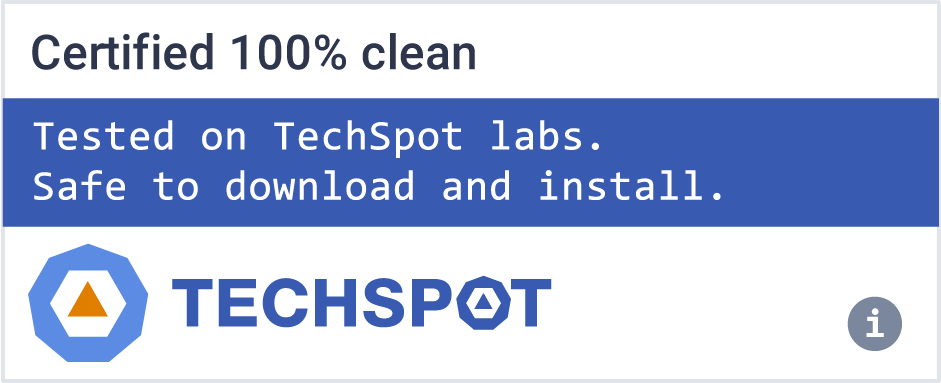AnyDesk is the first remote desktop software that doesn't require you to think about what you can do. CAD, video editing or simply working comfortably with an office suite for hours are just a few examples. AnyDesk is designed for modern multi-core CPUs. Most of AnyDesk's image processing is done concurrently. This way, AnyDesk can utilize up to 90% of.
Is AnyDesk free?
Yes, AnyDesk is free for personal use. Connections between personal devices at home or for helping friends and family remotely qualify as personal use.
Are AnyDesk connections encrypted?
AnyDesk traffic is secured using TLS 1.2, Transport Encryption, AES (256-bit) session encryption and the option for two-factor authentication. This ensures that your information is secure and not even AnyDesk can read the encrypted traffic.
Can someone use AnyDesk to access my computer without my consent?
It is only possible to access your computer with your AnyDesk ID and password, without that information it is not possible for others to access it. There are additional login options, like unattended access, or prevent specific devices from accessing your system.
What are other AnyDesk alternatives that are also free?
TeamViewer, SupRemo, RealVNC Free and Chrome Remote Desktop are also free for personal use and cross-platform.
Features
Conventional screen sharing and remote desktop applications are based on outdated compression techniques (X11, RDP, VNC) or on codecs that were designed for photos (JPEG) or video material (H.264). AnyDesk closes this gap by introducing DeskRT, a video codec specifically designed for graphical user interfaces. Exploiting the special properties of GUI image data (e.g. large areas of the same color, high contrasts, sharp edges, repeating patterns in the time and spatial domain, or the linear translation of image contents), DeskRT is able to bring about very high image quality and low response times for the user.
AnyDesk uses TLS 1.2 based encryption, which is also used in online banking. Both ends of a connection are cryptographically verified. This makes it impossible for a stranger to fake your AnyDesk-ID and pretend to be you. So, if you always check the connecting person's AnyDesk-ID, you're on the safe side. Furthermore, you can review the current encryption mode, verification status and client fingerprint by hovering the mouse cursor over the lock icon in the status bar. All connections use AES-128 bit encryption in GCM mode by default. Licensed versions of AnyDesk provide even stronger encryption.
Just one megabyte - downloaded in a glimpse, sent via email, or fired up from your USB drive, AnyDesk will turn any desktop into your desktop in seconds. No administrative privileges or installation needed.
What's New
- macOS version updated to 8.0.9
- Added Android mirror version 7.1.8
- URL handler:
- Implemented URL handler for AnyDesk addresses
- Minor bugfixes:
- Fixed a few minor UI bugs

